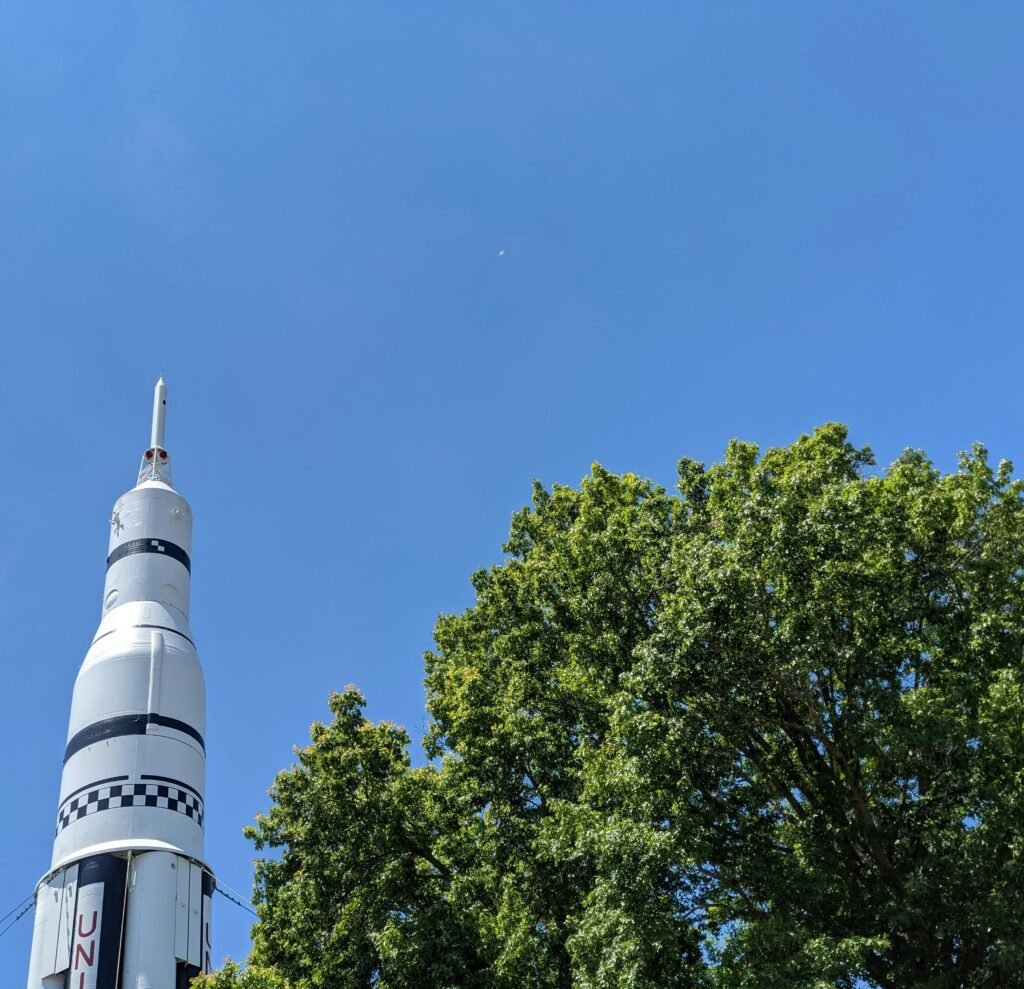
Long-term space travel is no longer just a dream from science fiction movies. Today, scientists, astronauts, and space agencies like NASA are seriously planning missions that could take humans to Mars and beyond. But traveling through space for months or even years is not easy.
There are many problems to solve before we can safely send people on such journeys. This article will explore the challenges of long-term space travel and how experts are working to overcome them using the latest space technology.
Why Long-Term Space Travel Is Important

As US and UK space exploration programs grow, interest in deep space missions is increasing. Long-term missions are key to exploring far-off planets and possibly creating human colonies in space. Whether it's traveling to Mars, setting up a base on the Moon, or building space stations, humans will need to stay in space much longer than current missions allow.
But space is a harsh environment, and many challenges must be solved to make long-term missions possible.
Challenges of Long-Term Space Travel

1. Physical Health Issues
One of the biggest challenges of long-term space travel is maintaining the physical health of astronauts. In space, there is no gravity. This causes muscles to shrink and bones to become weaker. Over time, the body can lose its strength and balance.
How to overcome it:
Astronauts must exercise daily using special machines. Space agencies also develop suits that support the body and use medicine and diets to keep astronauts healthy. NASA is researching new ways to protect bones and muscles in zero gravity.
2. Mental and Emotional Stress

Being away from Earth for long periods can cause stress, loneliness, and even depression. Astronauts live in small spaces and can’t go outside freely. They miss their families and normal life.
How to overcome it:
To manage this, astronauts are given tasks, games, video calls, and regular contact with family. They also go through mental training before the mission. Emotional well-being is now a top priority in mission planning.
3. Radiation in Space
Space is full of dangerous radiation from the sun and other sources. On Earth, our atmosphere protects us, but in space, astronauts are directly exposed. This can increase the risk of cancer and other health problems.
How to overcome it:
Scientists are building stronger shields for spacecraft and testing materials that block radiation. New types of space suits are also being developed. People who are interested in survival tools can also buy space survival kits designed to mimic astronaut protection.
4. Lack of Food and Water
Astronauts need food and water for survival, but carrying enough for a year-long mission is difficult. Supplies take up space and add weight to the spacecraft.
How to overcome it:
Experts are growing food in space using hydroponics (growing plants without soil). Special systems are also used to recycle water from sweat and waste. These methods help reduce the need to send supplies from Earth. Knowing how to survive long-term space travel includes understanding how to produce and save resources.
5. Spacecraft System Failures
In space, there is no quick help if something breaks. A small problem can become dangerous very fast. Systems like oxygen supply, temperature control, and power must work perfectly all the time.
How to overcome it:
Spacecraft are built with backup systems. Astronauts are trained to fix problems, and smart AI is used to monitor machines. This helps avoid failures and gives early warnings when something is wrong.
6. Communication Delays
As we travel farther from Earth, it takes longer for messages to reach home. A message from Mars, for example, could take 20 minutes to arrive.
How to overcome it:
Experts are creating faster communication tools and programming spacecraft to make decisions without waiting for Earth instructions. This helps astronauts handle urgent situations on their own.
7. Limited Medical Support
If someone gets sick in space, there’s no hospital. There may be only one or two trained medical staff, and they won’t have access to full equipment.
How to overcome it:
New medical kits, remote support systems, and AI-based health monitoring tools are being developed. Training astronauts in basic surgery and treatment is also part of preparation for long missions.
The Role of Space Agencies and Research
Organizations like NASA and UK space exploration teams are leading the way in space research. They are testing new materials, better fuel systems, and even robots that can help astronauts. You can follow space survival research online to stay updated on the latest ideas and tools being developed.
How to Survive Long-Term Space Travel
If you ever wonder how to survive long-term space travel, the answer lies in planning, technology, and teamwork. Everything—from the food astronauts eat to the suits they wear—must be designed with care. Learning from short missions and improving over time will help us take bigger steps into deep space.
The Future of Long-Term Missions
Thanks to fast-growing space technology, missions to Mars and beyond are no longer just dreams. NASA plans to send astronauts to the Moon again and later to Mars. Private companies are also involved in making space travel safer and more affordable.
With the help of technology, training, and smart planning, the future of long-term space travel looks bright. And as more people become interested, more tools will be available—like buying space survival kits or joining educational programs related to space.








